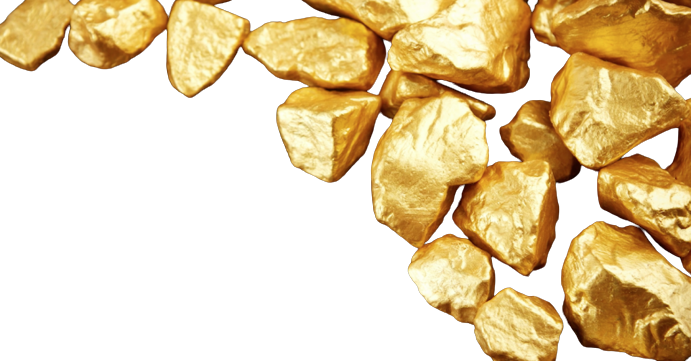Placer Mining: The Gold Seeker's Method
Placer mining has been a cornerstone of the gold mining industry for centuries. From the ancient riverbeds of Mesopotamia to the rush-filled rivers of California, placer mining has etched its way into the annals of history. But what exactly is placer mining? Let's dive into the world of placers, discovering their essence and understanding their methods.
What is Placer Mining?
In simplest terms, placer mining is the extraction of minerals from the alluvial deposits in riverbeds or ancient river courses. These minerals are loosened from their primary sources, transported by water, and deposited in areas where the water velocity drops, allowing heavier minerals like gold to settle.
Why Gold?
Gold's unique properties make it a prime target for placer miners. It's denser than most other minerals, which means it tends to settle at the bottom of moving water. Over time, flowing water can erode rock and soil, freeing the gold and transporting it downstream. As the velocity of the water decreases, gold, because of its weight, drops out and accumulates in places like river bends, pockets, and crevices.
Methods of Placer Mining
Several techniques are employed in placer mining, and they can be broadly categorized as follows:
Panning: The most basic form of placer mining, gold panning involves using a pan to swirl sediment and water, allowing the heavier gold to settle at the bottom. Over time, lighter materials are washed out, leaving just the precious metal.
Sluicing: A step up from panning, a sluice box is used to separate gold from gravel and other sediments. Water is passed through the box, and gold settles in riffles, specialized barriers designed to trap the precious metal.
Dredging: This involves the use of large machines to scoop up the riverbed and filter out the gold. Modern dredges can process huge amounts of material, making them efficient but environmentally disruptive.
Rockers and Cradles: These are mechanized panning tools, allowing for more material to be processed than traditional panning. By rocking the equipment, gold is separated and trapped in its base.
Hydraulic mining: This method involves directing high-pressure jets of water to dislodge sediment and gravel. The slurry is then channeled into sluices where gold is separated. While effective, this method has been criticized for its significant environmental impact.
Environmental Concerns
Placer mining, especially methods like dredging and hydraulic mining, can pose significant environmental threats. They can lead to erosion, loss of biodiversity, and contamination of water sources with toxic chemicals used in the mining process. As a result, there has been increased regulation and oversight on placer mining operations to mitigate these impacts.
Placer mining, with its rich history and simplistic beauty, continues to fascinate and draw individuals in search of that elusive glittering reward. While the methods may seem rudimentary compared to the vast machinery of underground or open-pit mining, placer mining has proven its worth time and again. As with all forms of resource extraction, it's crucial to find a balance, ensuring that the quest for gold doesn't come at the expense of our planet's health.
